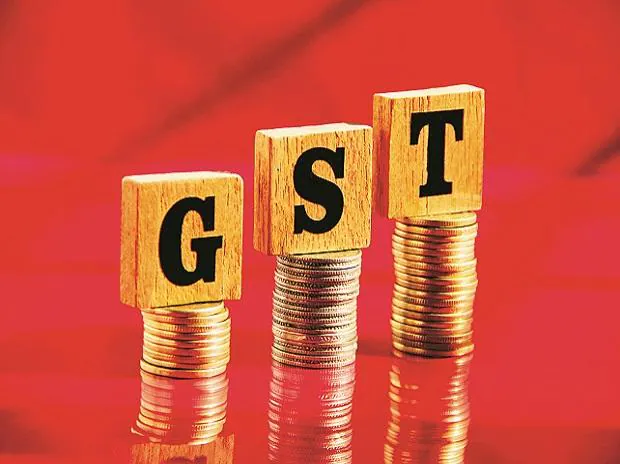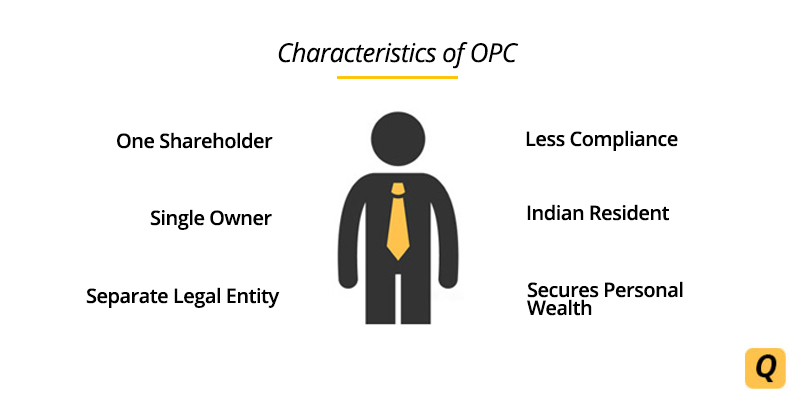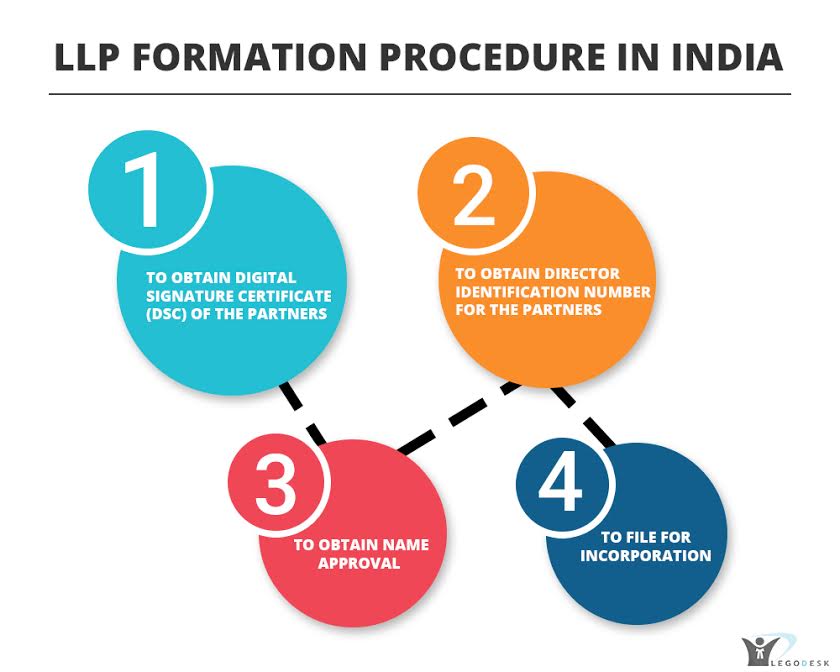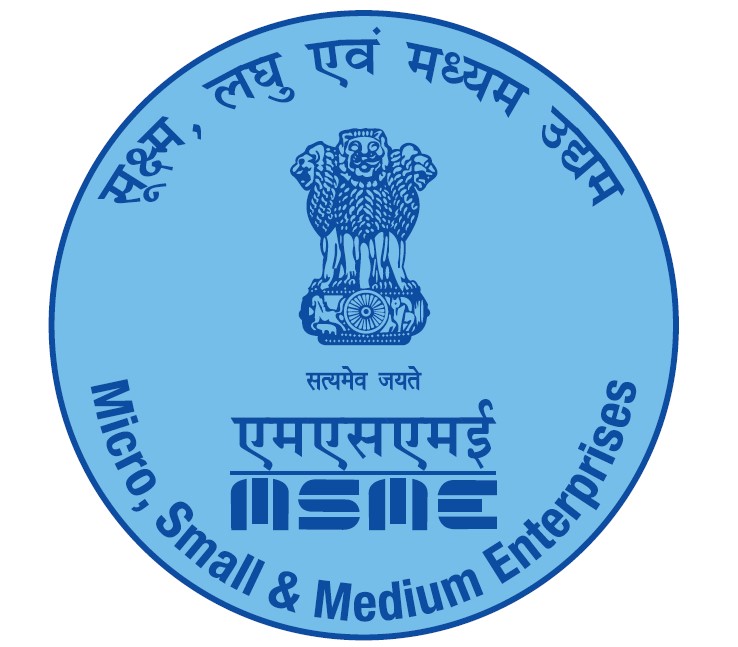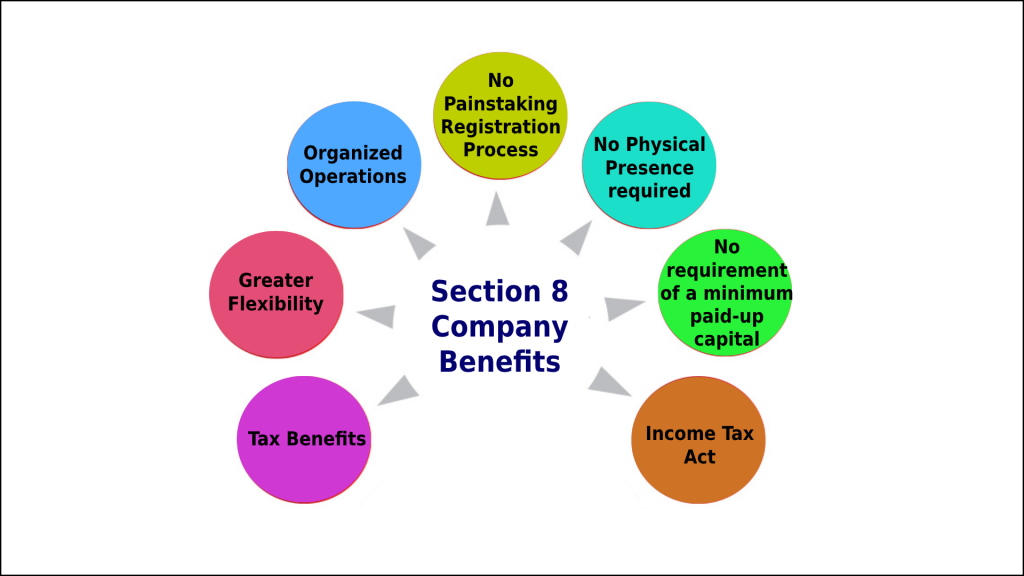Services We Provide
We realize the fact that you mean business and that’s what we do too! The easiest, simplest, most straightforward way. The most transparent, with no false hopes, claims or promises.
GST is a value-added tax applied on goods and services. GST provides a long and continuous chain of tax offsets. The GST paid on the acquisition of goods and services can be used as an input tax credit by the supplier at each stage. The business can use this Input Tax Credit (ITC) to offset the GST due on the upcoming supply of goods and services. The set-off of tax paid on purchases against the tax received on sales is known as input tax credit. Only the remaining tax balance must be paid.
According to section 2 (62) of the Companies Act of 2013, a “One Person Company (OPC)” is defined as a Company with only one member.
By attaining the legal status and perpetuity, OPC provides individual entrepreneurs with all of the benefits of a company, including credit, bank loans, market access, restricted liability, and legal protection that Companys enjoy.
Before enforcement of the Companies Act of 2013, a company had to have at least two shareholders. However, the OPC model currently offers significant opportunity to individual company owners and dealers, including those in the handloom, handicrafts, and ceramics industries
in the LLP Act, LLPs must be registered with the Registrar of Companies (ROC) (designated under the Companies Act, 2013). A registered office is required for any LLP. At least two partners must sign an Incorporation Document, which must be filed with the Registrar in the required format. The contents of the LLP Agreement, as prescribed, must also be filed with the Registrar electronically.
According to Section 2(68) of the Firms Act, 2013, private companies are those whose articles of organisation are not open to the public.
- impose restrictions on the transferability of shares to public
- preventing the general public from subscribing to their shares
- Characteristics of Private Businesses
- These are some characteristics that set private Companys apart from other types of businesses:
- A private Company must have at least two members and a maximum of 200.
- Maximum 200 members does not include
An enterprise shall be classified as a micro, small or medium enterprise on the basis of the following criteria, namely: –
(i) a micro enterprise, Investment in Plant and Machinery or Equipment:
Not more than Rs.1 crore and Annual Turnover ; not more than Rs. 5 crore
(ii) a small enterprise, Investment in Plant and Machinery or Equipment:
Not more than Rs.10 crore and Annual Turnover ; not more than Rs. 50 crore
(iii) a medium enterprise, Investment in Plant and Machinery or Equipment:
Not more than Rs.50 crore and Annual Turnover ; not more than Rs. 250 crore
As per section 2(71) of the Companies Act, 2013, Public company” means a company which—
(a) is not a private company and;
(b) has a minimum paid-up share capital , as may be prescribed:
Provided that a company which is a subsidiary of a company, not being a private company, shall be deemed to be public company for the purposes of this Act even where such subsidiary company continues to be a private company in its articles
Not all businesses are focused on making money through trade and commerce. Many businesses are primarily focused on philanthropic and non-profit goals. Because they are recognised under Section 8 of the Companies Act, 2013, such entities are referred to as Section 8 Companies. These businesses spend all of their earnings and profits to achieving their goals.
According to the Companies Act, 2013, a Section 8 company is one whose goals are to promote the arts, commerce, science, research, education, sports, charity, social welfare, religion, environmental protection, or other similar goals. These organisations similarly devote their profits to furthering their mission and do not pay dividends to their shareholders.
Out of all the business organizations around us probably the sole proprietorship is the oldest form of business organisation.
Also, it is the most common type of business structure found in india. Most of the businesses we see around us are all probably sole proprietors eg. Grocery shop, pharmacist, stationers, doctors etc.
Simply said, a sole proprietorship is a single-person business entity. The business and the business owner are the same, it does not have a separate legal entity from the owner.
A sole proprietor is a natural person (not a legal person/entity) who fully owns and manages this type of entity.

